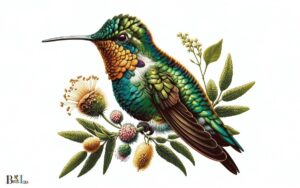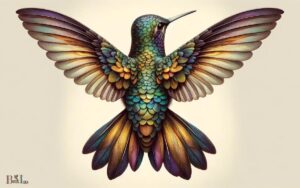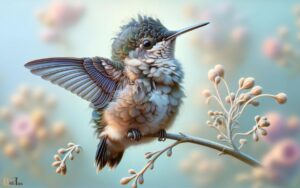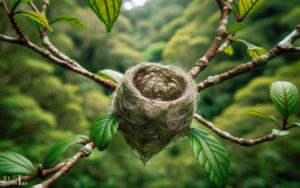What Is The Insect That Looks Like A Hummingbird: Hawk!
The insect that looks like a hummingbird is a hawk moth.
Hawk moths are a group of large moths that are known for their hovering flight in front of flowers like hummingbirds.
They have a wingspan of up to 5 inches and are found in temperate regions of Europe, Asia, Africa, and the Americas.
Hawk Moths:
Hawk moths are usually seen during twilight hours when they are attracted to bright or ultraviolet light and flowers.
They have one of the swiftest wingbeats of all moths, which enables them to hover and fly like a hummingbird; their long proboscis also helps them to feed on nectar.
They are found in many parts of the world and live in a variety of habitats.
4 Insects About The Looks Like A Hummingbird
| Insect | Description | Location |
| Hummingbird Hawk-Moth | Has long hovering capabilities as hummingbirds, prominent wings with orange-brown color, and a long proboscis to feed on nectar. | Found in Europe, Asia, and North Africa. |
| Sphinx Moth | Known for its hummingbird-like flight and feeding characteristics, body is heavy and wings are narrow. | Found across the globe, mostly in North America. |
| Clearwing Moths | Appears similar to hummingbirds with its rapid wing movement and nectar feeding habit, has clear, window-like patches on their wings. | Found in North and Central America. |
| Bee Hawk-Moth | It hovers in front of flowers while feeding, similar to a hummingbird, has a fat body and narrow wings. | Found in Australia. |
Key Takeaway
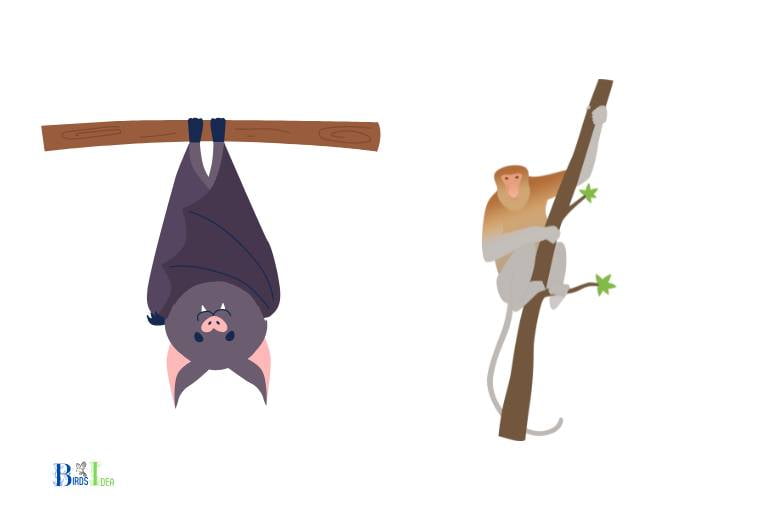
Five Facts About: Looks Like A Hummingbird
Introduction to the Insect That Resembles a Hummingbird
Hummingbirds are a family of birds known for their vibrant colors, small size, and ability to hover in mid-air. But, did you know there is an insect that looks like a hummingbird?
This insect is called a hummingbird moth and it is part of the family of Lepidoptera moths and butterflies.
These moths have an impressive wingspan of four to six inches, a stout and fuzzy body, and four wings that beat at a rapid speed, resembling the hovering of a hummingbird.
They also come in a variety of colors, with white, black, yellow, and brown being the most common.

The hummingbird moth feeds on the nectar of flowers like their avian counterparts and can often be found flitting between gardens and meadows.
The Habits and Behaviors of the Hummingbird-Like Insect
While hummingbirds and insects may have certain similarities, there are significant differences in the habits and behaviors of the two. Hummingbirds are nectar-feeding birds, while insects are generally carnivorous.
Additionally, as birds, hummingbirds are able to fly, while insects typically rely on walking, jumping or swimming for movement. There are, however, many similarities in the behaviors that both birds and insects exhibit.
Here are some of the most common habits and behaviors of the hummingbird-like insect:

Physical Characteristics of the Hummingbird-Like Insect
Hummingbird-like insects are among the smallest and most unique insects on the planet. They have many adaptations that set them apart, including an aerodynamic body shape and a specialized diet.
Physical characteristics of the hummingbird-like insects include:
Hummingbirds have evolved to take advantage of flowers in their environment, developing unique physical characteristics that allow them to access nectar and other food sources.

These characteristics help the hummingbirds to survive in their environment and make them some of the most unique and fascinating creatures in the animal kingdom.
Where Does the Hummingbird-Like Insect Live?
The hummingbird-like insect, also called a hummingbird moth, typically lives in areas with nectar-producing flowers and plants.
They can be found in gardens, meadows, prairies, or other wildflower habitats. They are commonly spotted in the late spring and summer.
Some of the beneficial effects of the hummingbird-like insect include:

What Do the Hummingbird-Like Insects Eat?
Hummingbird-like insects are typically referred to as pollen beetles and moths in the sphinx moth family, which includes species like the hummingbird hawk-moth.
These insects mostly feed on nectar from flowers, but some species such as the hummingbird hawk-moth feed on flower nectar, honeydew, and tree sap.
Below are a few of the preferred food sources for hummingbird-like insects:
Given the variety of food sources available, hummingbird-like insects have adapted to feed on multiple resources throughout their lives.
They particularly favor flowers with narrow tubes and are able to hover while sipping their nectar.

In addition, they also feed on honeydew produced by aphids, sucking tree sap, broken stems juice, and sap wells that are created by ants.
How Do the Hummingbird-Like Insects Reproduce?
Hummingbird-like insects, also known as hummingbird moths, reproduce through a long and multi-stage process. The lifecycle of the insect consists of egg, larvae, pupa and adult stages.
As adults, they lay eggs onto suitable plants and these eggs hatch out into larvae which feed on the plant and eventually pupate, forming a cocoon. In some species, it can take two weeks to emerge as an adult, while in others it takes up to three weeks.
Adults mate and begin the process again. As adults, the moths also feed on nectar and other forms of pollen, making them capable of aiding in pollination and increasing the diversity of the plants in the landscape.
Factors Involved in the Reproduction of Hummingbird-like Insects:
- Availability of Suitable Host Plant – Hummingbird-like insects generally feed on and reproduce in plants that are easy to access, such as garden plants and wildflowers.
- Temperature – This affects the speed at which their life cycle takes place; warmer temperatures encourages faster reproduction.
- Availability of Nectar – Nectar is an essential part of their diet, and is also necessary for pollination.
- Presence of Other Insects – To facilitate reproduction, adults require the presence of other adult insects in the same habitat.

Are Hummingbird-Like Insects Endangered?
No, hummingbird-like insects are not endangered.
Hummingbird-like insects, also known as hummingbird moths, belong to a number of different moth species which have evolved to resemble hummingbirds in order to better camouflage themselves.
Most species of these moths are rated as “Least Concern” by the International Union for Conservation of Nature’s (IUCN) Red List, indicating that they are quite common and not threatened.
The following are some of the factors that help keep hummingbird-like insects safe from endangerment:

What Are the Similarities Between Hawk Moths and Hummingbird Moths?
Hawk moths and hummingbird moths, despite their different names, share several similarities in their appearances. Both feature elongated bodies, narrow wings, and long proboscises that they use to feed on nectar from flowers. Additionally, these moths undergo a similar transformation during their life cycle, with the hummingbird moth caterpillar appearance resembling that of a plump, green caterpillar.
FAQ of What Is The Insect That Looks Like A Hummingbird
What type of insect looks like a hummingbird?
What do hawk moths feed on?
Are hawk moths dangerous?
What is the average size of a hawk moth?
Conclusion
Hawk moths are large moths that are known for their hovering flight in front of flowers like hummingbirds.
They have distinctive wings with a wingspan of up to 5 inches, a long proboscis, and they are mostly active during twilight hours.
They are found in temperate regions around the world, such as Europe, Asia, Africa, and the Americas.

